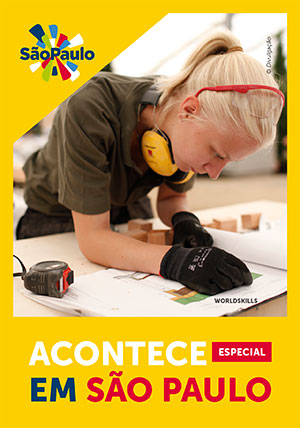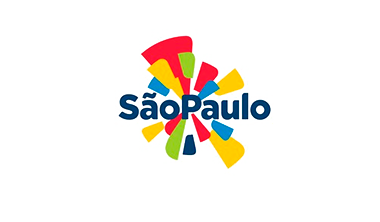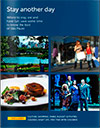São Paulo is the sixth most populous city in the world, with over 11.8 million inhabitants from all over Brazil and the world. One of 27 capital cities in the country (located in the state of São Paulo), the municipality has the highest number of industries, with extensive productive diversity. In the area of education, it has 249 technical schools, with 22 from SENAI; 532 child education institutions, 1,584 institutions of primary and 200 of higher education.
The city is the main financial centre of South America, headquartering one of the largest stock exchanges in the world, accounting for 12% of the entire economy of the country and ranks fourth in the world for receiving investments.
But by no means is life only about business. The city is also a great culinary and artistic centre, with more than 280 cinemas, 180 theatres, 110 museums and 90 cultural centres. Added to this, it features 420 hotels with 42,000 rooms. There are more than 15,000 restaurants, 500 churrascarias (Brazilian steakhouses), 250 Japanese restaurants, 20,000 bars and 5,000 pizzerias in the city.
With numerous attractions, highlighted by Paulista Avenue, the Museum of Portuguese Language, the São Paulo Art Museum (MASP) and Ibirapuera Park, the locations are quite sought after by more than 13.2 million tourists who visit the city every year. Major events are regularly held in the metropolis: the International Biennial of Art, the Brazil Grand Prix of Formula I, the International Motor Show and São Paulo Fashion Week are just some examples. Also, in 2014, the city was recognized as the best travel destiny of Brazil on Travellers' Choice, an Award given by Trip Advisor.
The São Paulo transportation system is made up of about 1,350 bus lines and an extensive metro network. 9.7 million people are transported per day by bus and 3.7 million via the subway, with its 67 stations. The taxi fleet exceeds 34,000 vehicles.
The city also has two major airports: Guarulhos International Airport, located 30 km from downtown São Paulo and Congonhas Airport, only 11 km from the city centre, used for domestic flights.
WorldSkills Acontece
SPTuris created a cultural activity guide for São Paulo during and after WorldSkills São Paulo 2015. Enjoy shows, exhibitions, theatre presentations and a lot more by downloading this Guide.
Museums
Free entrance for those who have a WorldSkills São Paulo 2015 accreditation:
- Catavento Cultural and Educational
- Casa Brasileira Museum
- Museum of Image and Sound
- Portuguese Language Museum
- Sacred Art Museum
- Futebol Museum
- Pinacoteca Station
- Pinacoteca
Free entrance
- House of Roses
- Guilherme de Almeida House
- Resistance Memorial
- Art Palace
- Afro Brasil Museum
What to visit
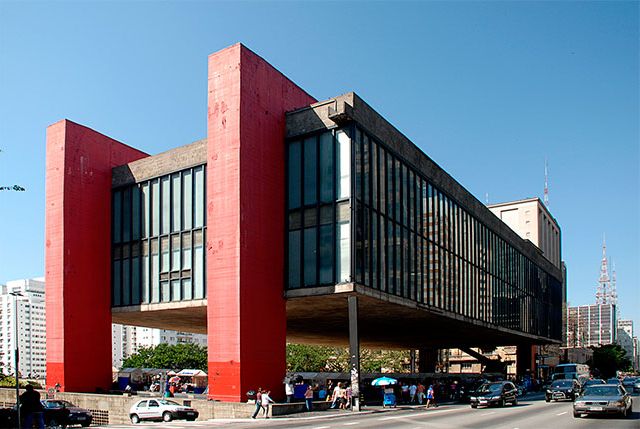
MASP - São Paulo Museum of Art
One of the most renowned museums in Brazil, the São Paulo Museum of Art (MASP) is located in the heart of the city, on Paulista Avenue. The museum have one of the best European art collections in South America, as well as famous Brazilian paintings and drawings.
Check on Maps
Municipal Theatre
Inspired by the Opera de Paris, it celebrated its 100th anniversary in 2011, when it reopened after a thorough restoration. Its stage, totally revamped, hosts concerts, operas and dance spectacles.
Check on Maps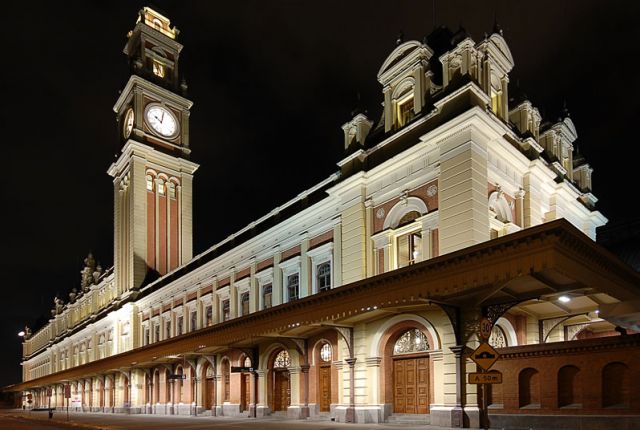
Pinacoteca e Museu da Língua Portuguesa
Located near Luz Station in downtown, the Pinacoteca de São Paulo and the Museum of the Portuguese Language are two must-see attractions in the city. Pinacoteca is one of the most important art museums in Brazil, with a wide collection of Brazilian art, focusing on paintings and sculptures of 19th cenntury, as well from Brazilian modernist movement. The Museum of the Portuguese Language is dedicated to the study and preservation of the native language of Brazil, in an intense and enjoyable way. Free entrance for those who have WorldSkills São Paulo 2015 accreditation.
Check on Maps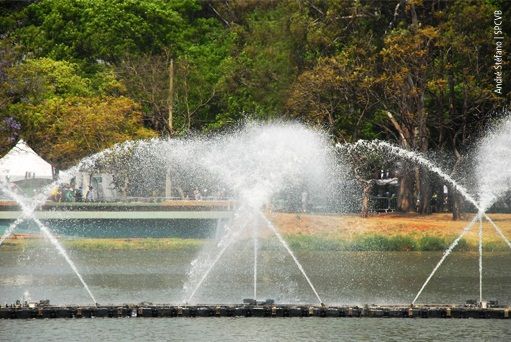
Ibirapuera Park
With more than 1,5 km², Ibirapuera Park was inaugurated in 1954 to celebrate the 400th anniversary of São Paulo, and is the most well-known and attended park in town. The park offer several cultural attractions such as the Biennial Pavilion, the Oca and the Museum of Modern Art.
Check on Maps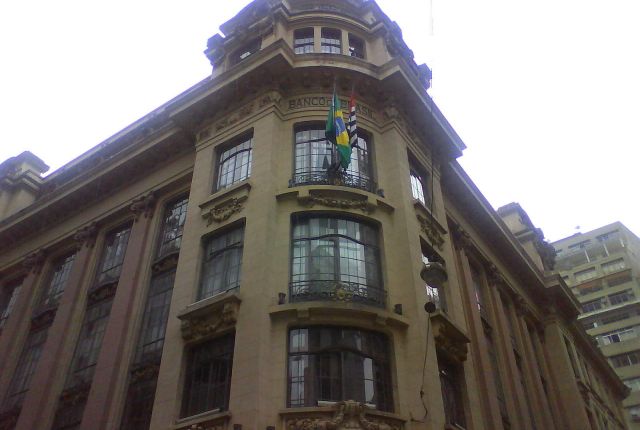
Centro Cultural Banco do Brasil
Built in 1901, it was the head office of a major bank in São Paulo. Today, it shelters exhibits of important names of the fine arts and photography; its amphitheater receives plays, film festivals and other events.
Check on MapsOscar Freire street
Oscar Freire street and the surrounding streets (like Bela Cintra and Haddock Lobo) shelter exclusive stores and luxury brands from the international fashion scene.
Check on Maps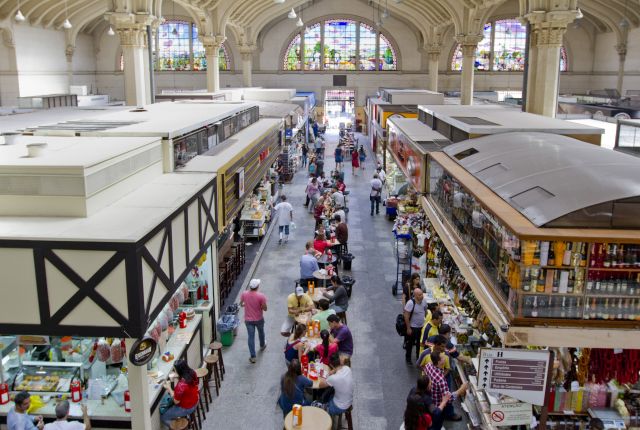
Municipal Market
Fruit stalls, emporiums and butcher shops divide attentions with the snack bars at the food court, which serve the traditional bologna sandwich and cod-filled pastel.
Check on Maps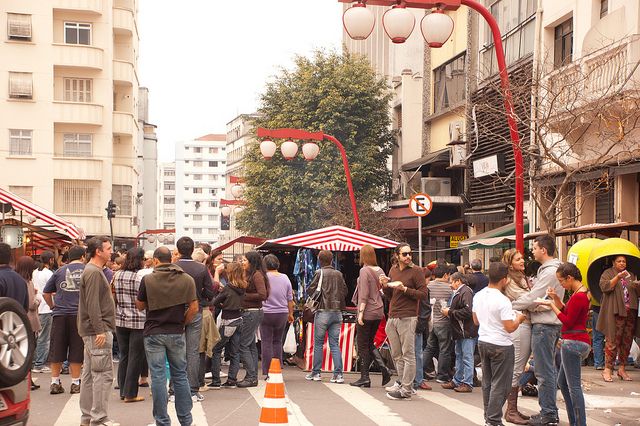
Liberdade District
Liberdade has been a cradle for the Japanese colony during the past century, a home to flea markets, restaurants and new Far Eastern immigrants, promoting different aspects of the Asian culture.
Check on Maps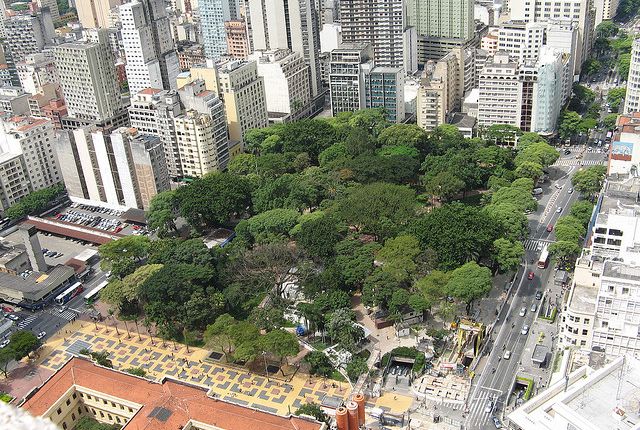
Arts and Crafts Fair at Praça da República
Paintings and sculptures, that are some times created by artists during the day, attract visitors’ attention amidst clothes, costume jewellery and handicrafts. The fair is open on Saturdays and Sundays.
Check on Maps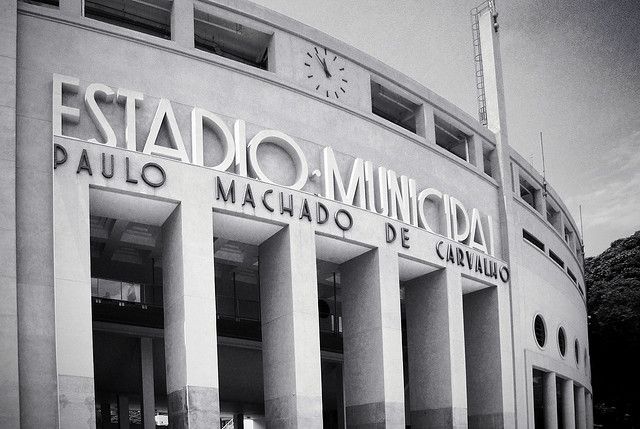
Football Museum and Pacaembu Stadium
Audio-visual projections on screens, TV monitors and displays provide a thorough account of the history of Brazilian football. The museum is located underneath the stadium bleachers. Free entrance for those who have WorldSkills São Paulo 2015 accreditation.
Check on Maps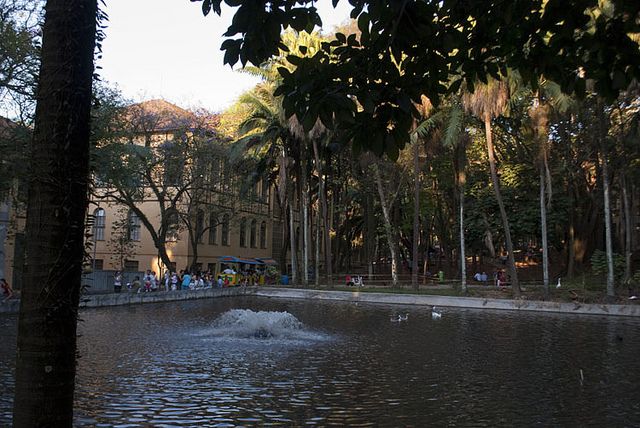
Água Branca Park
Farm memories, poultry wandering freely, park houses, an animal exhibition centre and aquarium, as well as a playground for children and a variety of cultural activities.
Check on Maps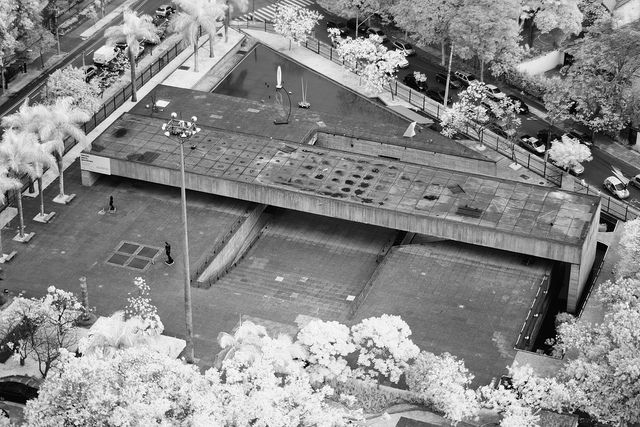
Museum of Image and Sound
The São Paulo Museum of Image and Sound (MIS) portrays transformations in Brazilian and international cultures. Currently, while technology and human sensitivity develop artistic creations, and institutions adjust to social demands, the MIS promotes memories and contemporaneity, technical investigations and increases access to art innovation, generating dynamic dialogues. Free entrance for those who have WorldSkills São Paulo 2015 accreditation.
Check on Maps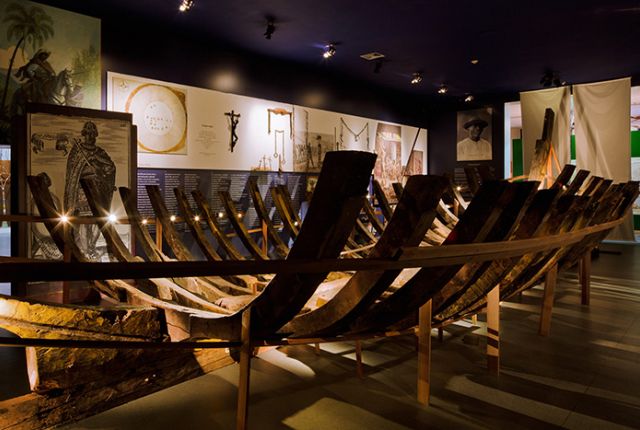
Afro Brasil Museum
The Afro Brasil Museum´s main mission is to recognize and contextualize profound relations between Africa and Brazil. The Museum is located inside the Ibirapuera Park, and has more than 6 thousand art pieces, including paintings, sculptures, frames, photographs, jewellery, documents and ethnological items, created by Brazilian and foreign authors, produced since the 15th century. Africa Africans is the largest contemporary African art exhibition ever held in Brazil, with more than 100 works of art, designed by 20 different artists. FREE ENTRANCE DURING THE AFRICA AFRICANS EXHIBITION
Check on Maps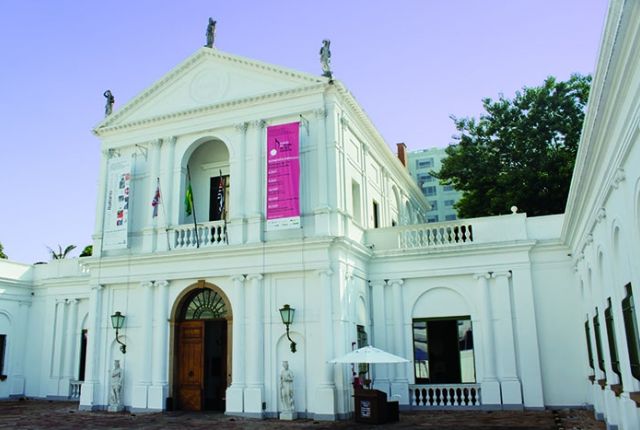
Casa Brasileira Museum
Casa Brasileira Museum (Brazilian House Museum) is located inside a mansion in the middle of the Faria Lima Avenue -one of the busiest in São Paulo – and it is the only Museum in Brazil, which specializes in design and architecture. Besides the permanent exhibition with furniture and objects that represent a Brazilian House from the 17th-21st centuries, an exhibition with drawings and paper toys made by architect Vilanova Artigas and his grandchildren, is definitely a highlight at the moment. The ticket office accepts credit and debit cards. Free entrance for those who have WorldSkills São Paulo 2015 accreditation.
Check on MapsMemorial da Resistência (Resistance Memorial) and Pinacoteca Station
Both museums are located in the building were the former DEOPS (State Department of Political and Social Order) was located. The Memorial, on ground level, registers important facts and information about the dictatorship period in Brazil, with permanent and temporary exhibitions, held in the old cells. On the other stories in the building, the Pinacoteca Station presents modern and contemporary artwork. A special highlight is the Art in Brazil: modernism history at the Pinacoteca, with works of art from Tarsila do Amaral, Di Cavalcanti, Portinari, among others. Free entrance for the Resistance Memorial. The Pinacoteca station ticket office accepts credit and debit cards and offers free entrance for those who have WorldSkills São Paulo 2015 accreditation.
Check on MapsCultural and Educational Catavento (Windmill)
Catavento is dedicated to science and technology and offers more than 250 facilities that help the public understand human discoveries and inventions over the years. The interactive space, which houses four major sections- Universo, Vida, Engenho and Sociedade (Universe, Life, Mills and Society), provides a playful journey, for children and adults, into the world of knowledge and culture. An ideal tour for families with children. Free entrance for those who have WorldSkills São Paulo 2015 accreditation.
Check on Maps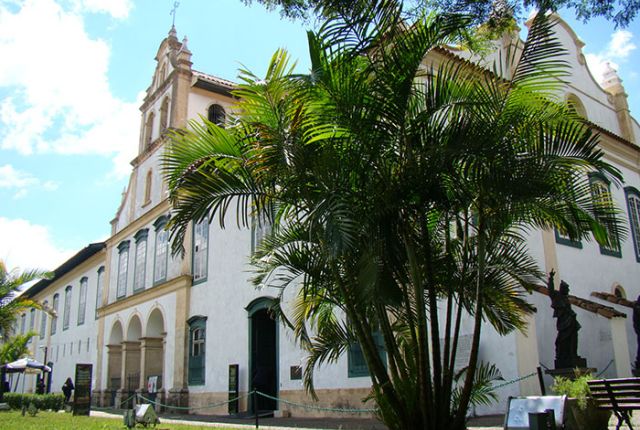
Arte Sacra São Paulo Museum (Sacred Art)
The Museum is located within the Luz Monastery, built in 1774 with Friar Galvão´s supervision, and is one of the most important and well-preserved architectural monuments in the city. It displays works of art from the 16th-20th centuries including sculptures, nativity scenes and paintings that help visitors understand art and history in Brazil and the world. Free entrance for those who have WorldSkills São Paulo 2015 accreditation.
Check on Maps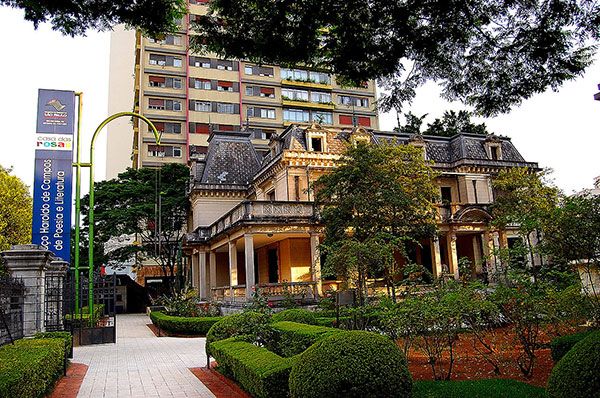
House of Roses
The Casa das Rosas building is a historical and architectural heritage in São Paulo, remaining from the antique mansions on Paulista Avenue, with an amazing garden on one of the most famous avenues in Brazil. The activities and exhibitions are mainly poetry-oriented. The Roland Barthes plural exhibition honours the 100-year period since this French poet´s birth. FREE ENTRANCE
Check on Maps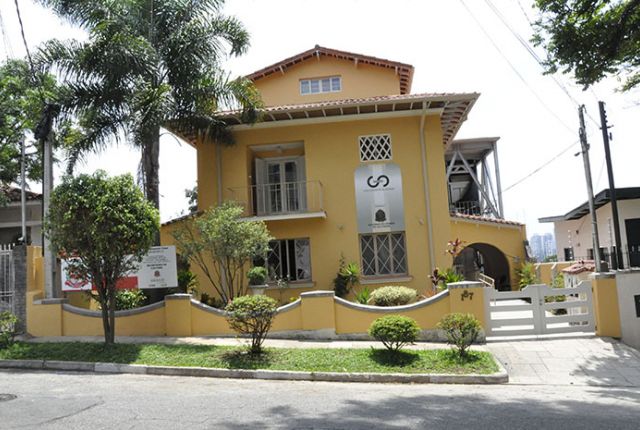
Guilherme de Almeida House
This house-museum preserves the writer's collection, including works of art from the Brazilian modernism period, which he received as gifts from the actual artists, as well as objects, furniture and a library. Visiting this museum is like travelling to São Paulo in the past. FREE ENTRANCE
Check on MapsArt Palace
Located on the USP Campus and dedicated to contemporary art, the Paço das Artes invests in experimental plastic art, visual art and multimedia exhibitions. FREE ENTRANCE
Check on MapsBrazil: Tourist Information
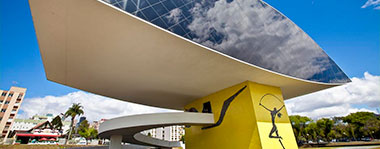
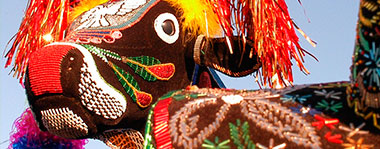
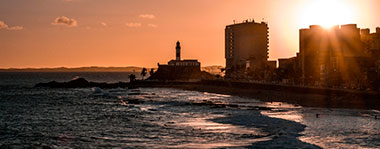
Brazil is rich in natural beauty and incredible destinations for any time of year. The vast territory and influence of native peoples and immigrants from different parts of the world resulted in a country of enormous cultural and ethnic diversity. These ingredients are reflected in the behaviour of Brazilians: creative and friendly people.
A destination for more than six million foreign visitors in 2013, Brazil was appointed the best tourist destination in the world for 2014 by the travel guide Lonely Planet, a year marked by the country's hosting of the World Cup. In 2015, it will host, for the first time, the biggest vocational education and skills excellence event in the world – the WorldSkills Competition, and in 2016, it will again be in the spotlight for major events when Rio de Janeiro will host the Summer Olympic Games.
The largest country in Latin America and the fifth largest by land area in the world, Brazil extends 8.5 million square kilometres, covering a huge range of climates and biomes. There are more than 7,300 kilometres of coastline, famous for beautiful beaches that stand out among the great routes of world tourism. The coastal strip has reefs, mangroves and dunes, along with paradisiacal scenery and famous warm water beaches.
The Country's inland also boasts beautiful landscapes formed by waterfalls, rivers and natural aquariums, with a series of routes with hiking trails, rapids, river beaches, fishing and boating. Surrounded by these wildlife sanctuaries are modern cities rich in attractions such as museums, historical monuments, craftwork, music, dance, cuisine, arts and audiovisual.

